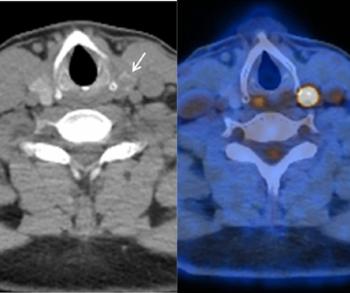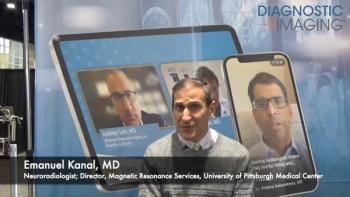FDA Clears AI Software for Enhanced Lung Nodule Detection on Chest X-Rays
Tailored for incidental findings on chest radiographs, the qXR for Lung Nodule (qXR-LN) software utilizes artificial intelligence (AI) to help detect suspected pulmonary nodules ranging between 6 to 30 mm.
The Food and Drug Administration (FDA) has granted 510(k) clearance for the artificial intelligence (AI)-enabled qXR for Lung Nodule (qXR-LN) software, which may enhance detection of pulmonary nodules on chest X-rays.
Qure.ai, the developer of the software, said
The company noted that one multicenter study, involving 40 sites, revealed a 94 percent AUC for qXR-LN in stand-alone detection of lung nodule detection.
“Solutions like Qure.ai's qXR-LN are a significant step towards establishing new possibilities in pulmonary imaging, particularly within oncology. The need for early-stage lung cancer detection is crucial, and tools like qXR-LN can play a significant role in the early detection of incidental nodules,” noted Vishisht Mehta, M.D., F.C.C.P., the Director of Interventional Pulmonology at the Lung Center of Nevada in Las Vegas.
Newsletter
Stay at the forefront of radiology with the Diagnostic Imaging newsletter, delivering the latest news, clinical insights, and imaging advancements for today’s radiologists.




























